Looking for the latest results? Congratulations, this is it! Read on! [LAST / NEXT]
Ah, the old ammunition consistency test. We’ve been running this series for years, and while it has been on hiatus for a bit we are back with a vengeance. Today for this fourteenth installment we are testing three flavors of 300 AAC Blackout ammunition on offer from Lehigh Defense, a relatively new ammunition manufacturer with some lofty claims and nifty looking projectiles. We will be looking at one projectile from each of their three lines: controlled chaos, controlled fracturing, and maximum expansion.
For a quick refresher on the testing procedure, go check out article #1 in the series. Basically we run 20 rounds of the ammunition through a chronograph, record the result, and compare the variability in the velocity of the ammunition to determine the winner. Since we are comparing the variability instead of the raw numbers, we can accurately compare ammo of vastly different velocities.
First up today is the 110 grain Controlled Chaos round. My review of this round should have already posted today (unless Robert or Dan screwed with the schedule again), but I am including it again here. This round was designed to compete with the Barnes 110gr load available in most big box sporting goods stores like Cabelas and Academy, and has roughly the same ballistic properties. Except it’s about 50 fps faster and the projectile looks damn near mean. A box of this stuff will run you about $24.95.
A little higher up on the scale is the 174 grain Controlled Fracturing round. Designed to be a subsonic loading running at about 1,000 fps, the bullet is lighter than most other similar velocity rounds (typically 220gr) but also sports some interesting features on the projectile itself. While the Controlled Chaos round is smooth with a simple hollow point, the similarly all-copper Controlled Fracturing round has scoring along the outside of the projectile to get it to split apart upon contact with an animal. This stuff runs about $40.95 — two bucks a round.
Last but certainly not least is the 194 grain Maximum Expansion round. Heavier than the previous Controlled Expansion offering, the Maximum Expansion line follows the same general design but just a little more… bulky. More mass flying at the same velocity means more muzzle energy, and more muzzle energy means a better chance of putting down whatever you are trying to kill. Lehigh Defense recommends that SBR users choose this flavor over the other subsonic offerings because it will be more reliable, apparently. A box of this heavy stuff runs $49.95, the most expensive ammunition I have ever tested for this series.
Starting with the straight comparison, the chart doesn’t show much detail but gives you an idea of where everything stacks up in terms of velocity. The 194gr rounds seemed to chronograph a little higher than the 174gr rounds, which is strange since usually the lighter rounds are engineered to fly faster than the heavy ones.
The normalized graph (raw observation, minus average velocity) shows everyone on a much more equal footing. The Remington UMC ammo seems to be the most consistent, but the outliers in the results put it out of the running it would seem. Lehigh 110gr is fairly consistent, and while there’s definitely a much larger spread with the subsonic ammo that’s not entirely unexpected. Especially since subsonic is only really good for 100 yards and less, a 40 fps velocity swing might be acceptable.
Put in perspective, Lehigh Defense seems to be a bit of a mixed bag. The subsonic ammunition isn’t the worst we’ve ever tested, but it sure isn’t the best either. Not that subsonic ammo needs to be super accurate over the distances that it is typically used, but a tighter shot group from the ammunition leaves more room for user error with a successful outcome.
As always, here are the latest charts for every caliber we test.
| Brand and Weight | Caliber | IQR | $/round |
| Remington UMC 115gr | .300 BLK | 20 | $0.52 |
| Remington AccuTip Premier 125gr | .300 BLK | 20 | $1.39 |
| Lehigh Defense 110gr Controlled Chaos |
.300 BLK | 22 | $1.25 |
| CMMG 147gr | .300 BLK | 26 | $0.78 |
| Remington Subsonic 220gr | .300 BLK | 27 | $0.92 |
| PNW M 155gr | .300 BLK | 28 | $0.90 |
| PWS 110gr | .300 BLK | 30 | ??? |
| Lehigh Defense 174gr Controlled Expansion |
.300 BLK | 41 | $2.05 |
| Lehigh Defense 194gr Maximum Expansion |
.300 BLK | 46 | $2.50 |
| PNW D 220gr | .300 BLK | 54 | $1.08 |
| Brand and Weight | Caliber | IQR | $/round |
| Winchester 147gr FMJ |
.308 Win | 14 | $1.00 |
| Herter’s Select Grade 150gr SPCE |
.308 Win | 22.75 | $1.00 |
| Hornady Superformance Match 150gr SST |
.308 Win | 26 | $1.21 |
| Wilson Combat 168gr Sierra HPBT Match |
.308 Win | 28 | $1.99 |
| PMC Bronze 147gr FMJ BT |
.308 Win | 39 | $0.50 |
| PCP Ammunition 168gr SMK |
.308 Win | 47 | $1.99 |
| SetPoint – 44gr Varget 150gr Hornady FMJ BT |
.308 Win | 52 | $1.74 |
| Prvi Partizan 150gr FMJ |
.308 Win | 54 | $0.82 |
| Remington “Managed Recoil” 125gr CORE-LOKT PSP |
.308 Win | 125 | $1.40 |
| Brand and Weight | Caliber | IQR | $/round |
| Winchester / Olin M855 62gr Penetrator |
.223 Rem | 9 | $0.50 |
| Wilson Combat 77gr Sierra HPBT Match |
.223 Rem | 19 | $1.52 |
| Wilson Combat 65gr Sierra SP BT |
.223 Rem | 21 | $1.52 |
| Hornady Steel Match 75gr BTHP Match |
.223 Rem | 25 | $0.44 |
| Hornady 75gr BTHP Match |
.223 Rem | 29 | $0.79 |
| CorBon 69gr HPBT |
.223 Rem | 30 | $1.18 |
| Remington Premier Match 77gr BTHP |
.223 Rem | 36 | $1.50 |
| Winchester 64gr “Power Point” SP |
.223 Rem | 38 | $0.82 |
| Wolf 55gr FMJ |
.223 Rem | 40 | $0.21 |
| Federal XM193F 55gr FMJ |
.223 Rem | 40 | $0.32 |
| Winchester 55gr FMJ |
5.56×45 | 40 | $0.50 |
| Pierce 55gr HP-BT |
.223 Rem | 42 | $?.?? |
| HPR 75gr BTHP Match |
.223 Rem | 43 | $0.50 |
| Nosler Varmint 40gr Ballistic Tip |
.223 Rem | 44 | $0.86 |
| Handloads – 20.8gr N-135 75gr Hornady HPBT Match |
.223 Rem | 49 | $?.?? |
| Handloads – 21gr IMR 3031 75gr Hornady HPBT Match |
.223 Rem | 52 | $?.?? |
| Winchester PDX-1 60gr SC-HP |
.223 Rem | 58 | $1.45 |
| Freedom Munitions 55gr FMJ-BT |
.223 Rem | 66 | $0.42 |
| American Eagle 55gr FMJ-BT |
.223 Rem | 68 | $0.30 |
| Independence | .223 Rem | 69 | $0.50 |

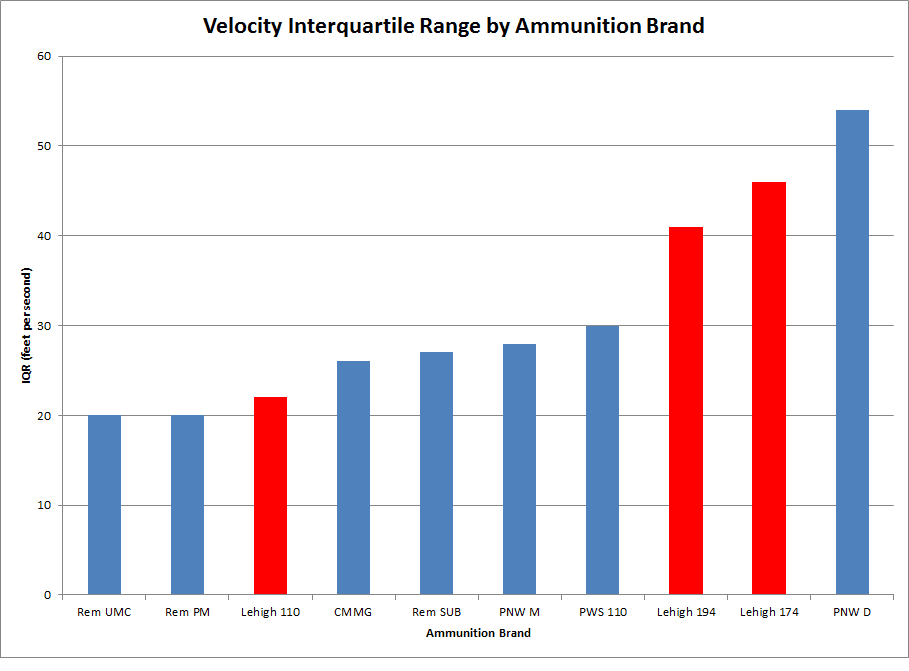




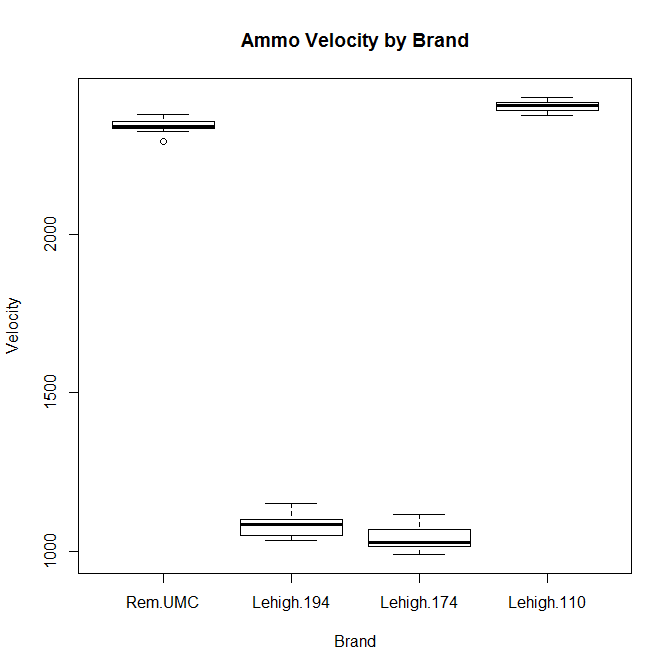

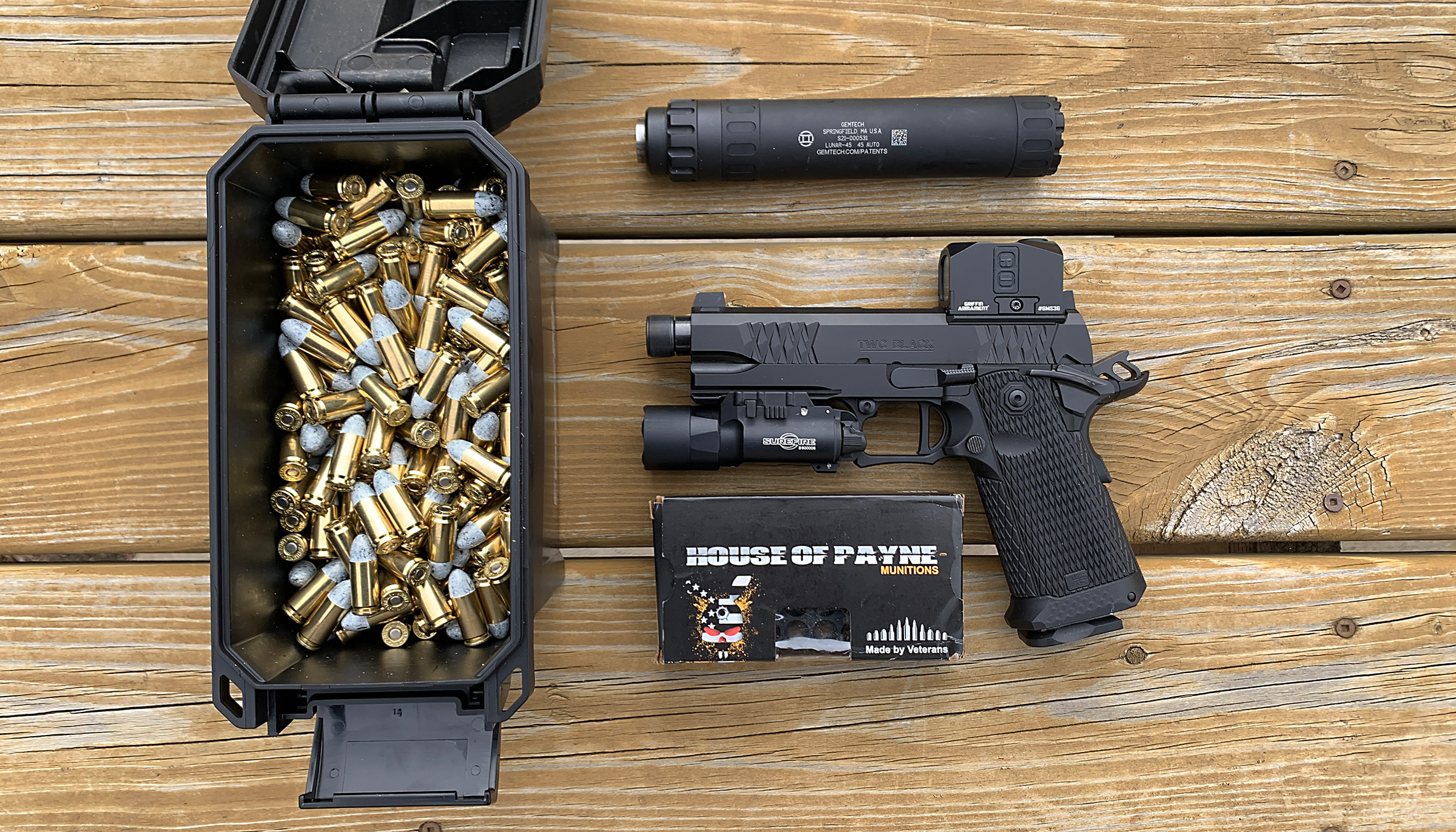
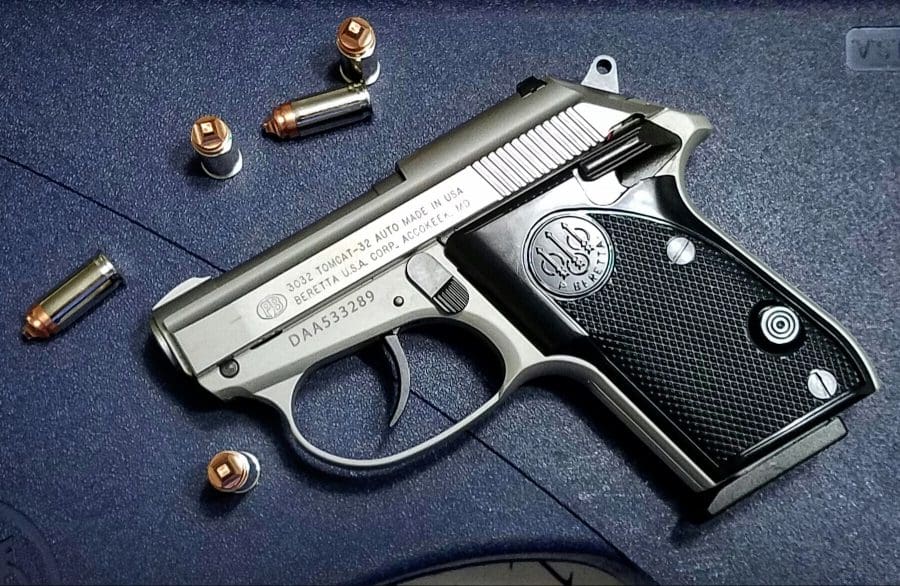




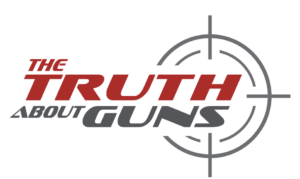
As a 300 blackout fan, I dig this stuff!
I’m enjoying all this nerdy info. That 110 grain Lehigh is pretty fast for a 300 BLK at about 2400 FPS (and really slow for a 6.8 since I’m being nerdy). Any conjecture on the penetration of the 110 grain round? I was surprised it didn’t put an exit hole on your deer.
While I realize the an exiting bullet wastes energy, it provides a much better blood trail and faster fluid loss.
Good info and article, it’s a shame your data is fundamentally flawed due to that awful Chrony you’re using. It’s one of the least consistent models out there.
http://www.oehler-research.com/model35.html
Based on the data, I’m not sure your claim holds true. One might question the accuracy, however the precision appears quite good.
Have you ran a 2 sample t tests between the lots that look close on the bar+whisker chart?